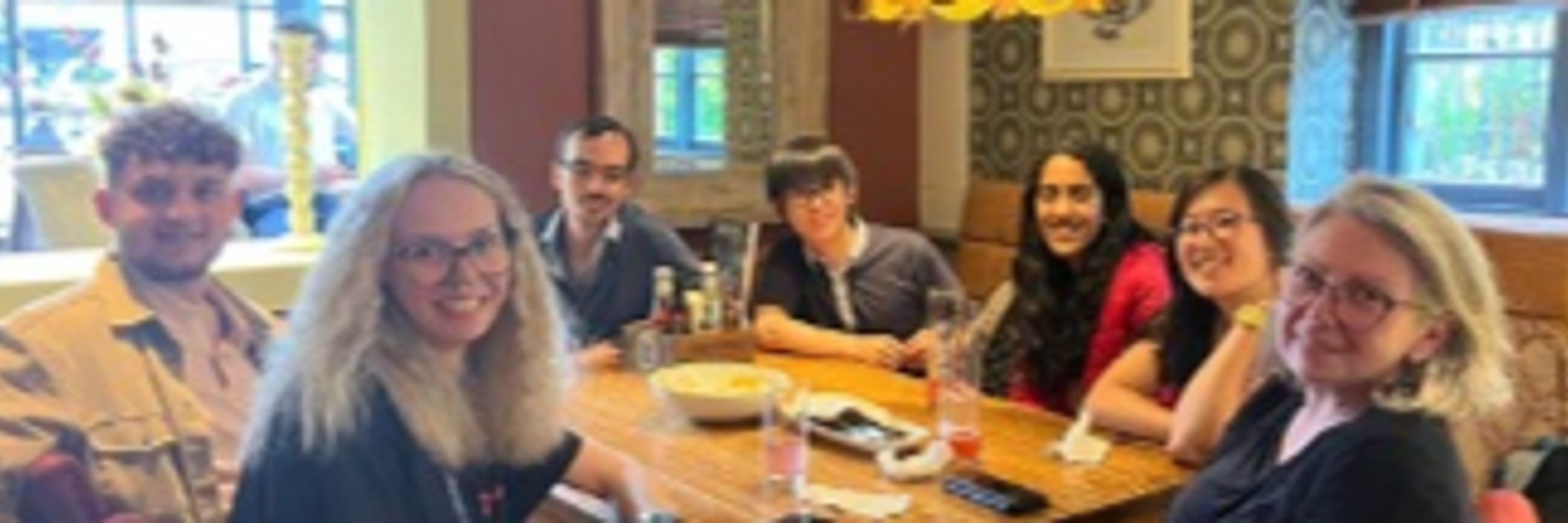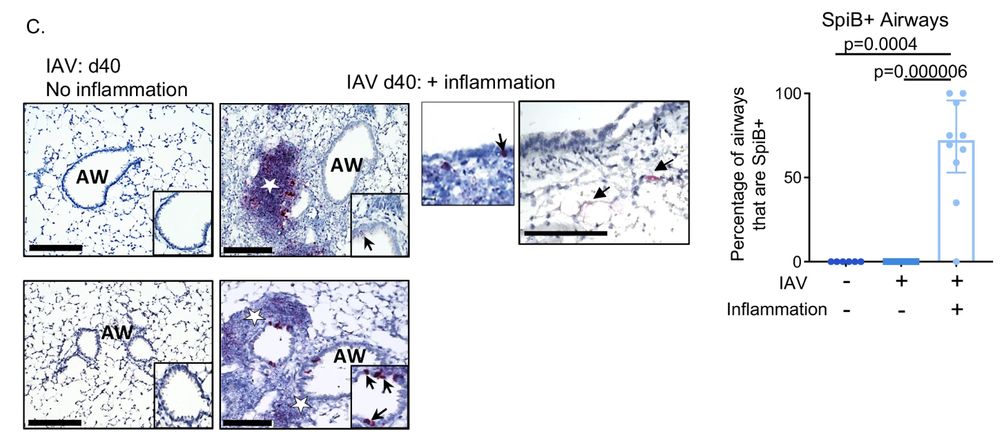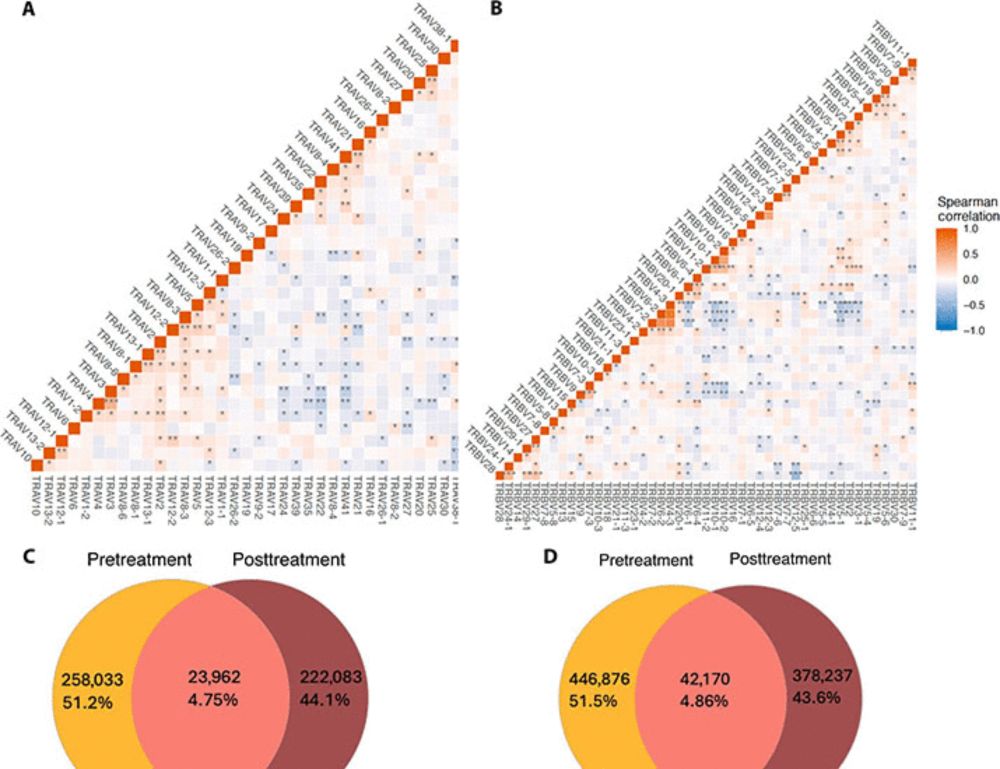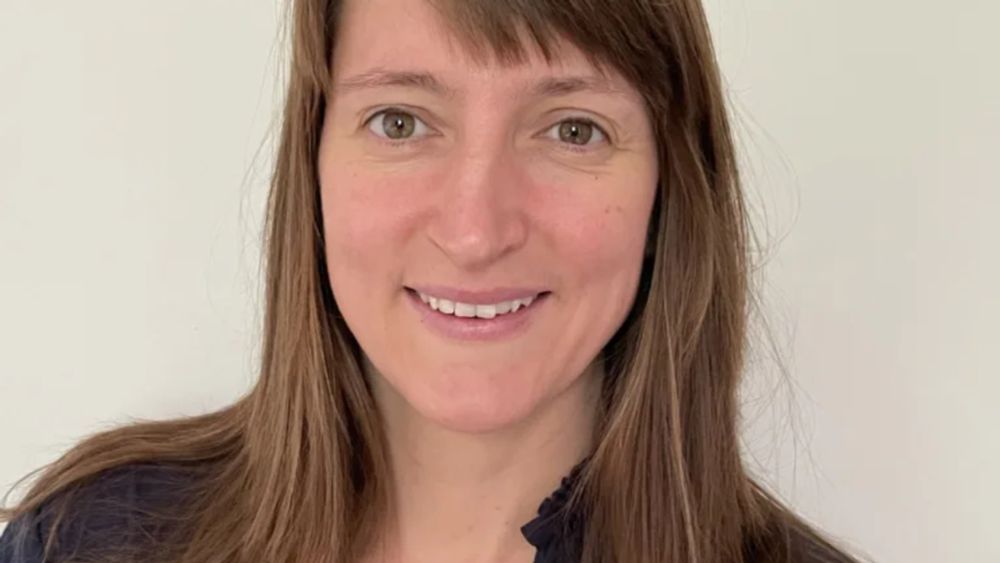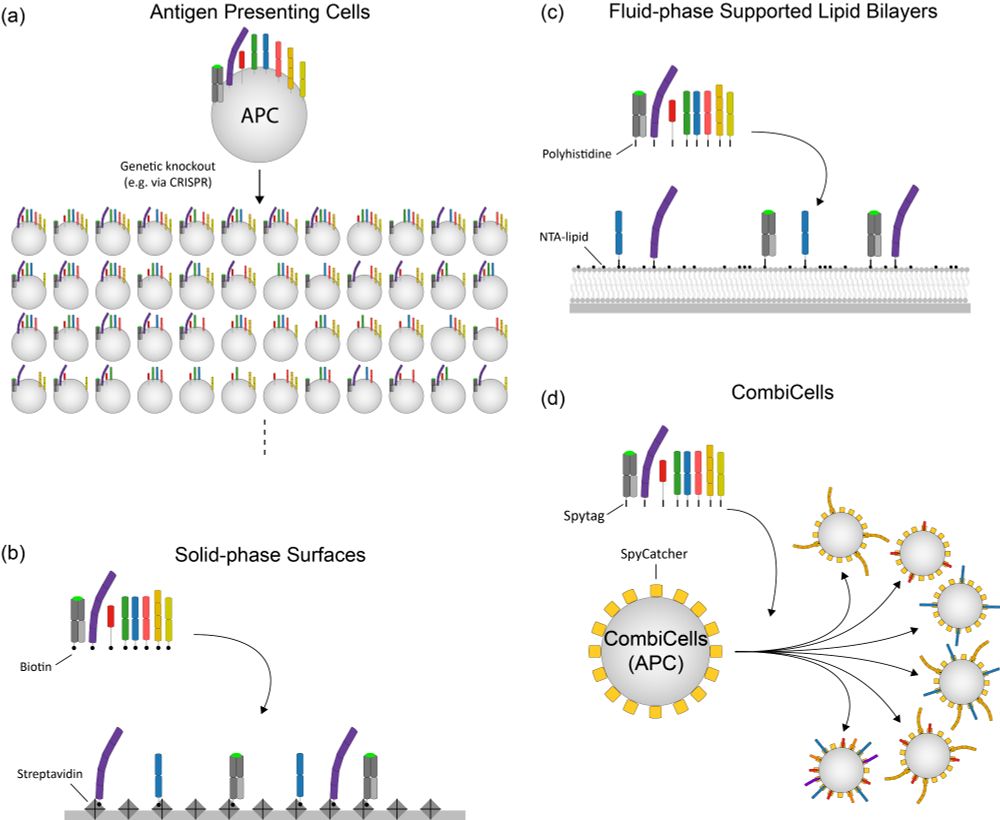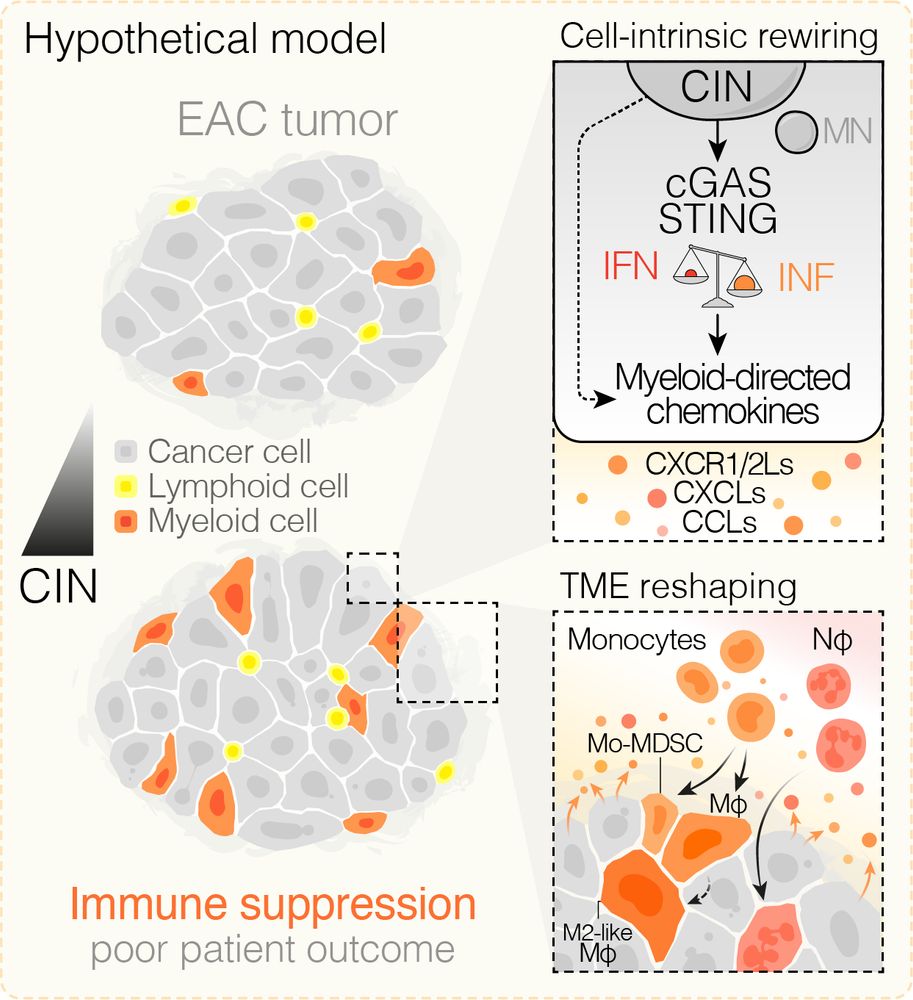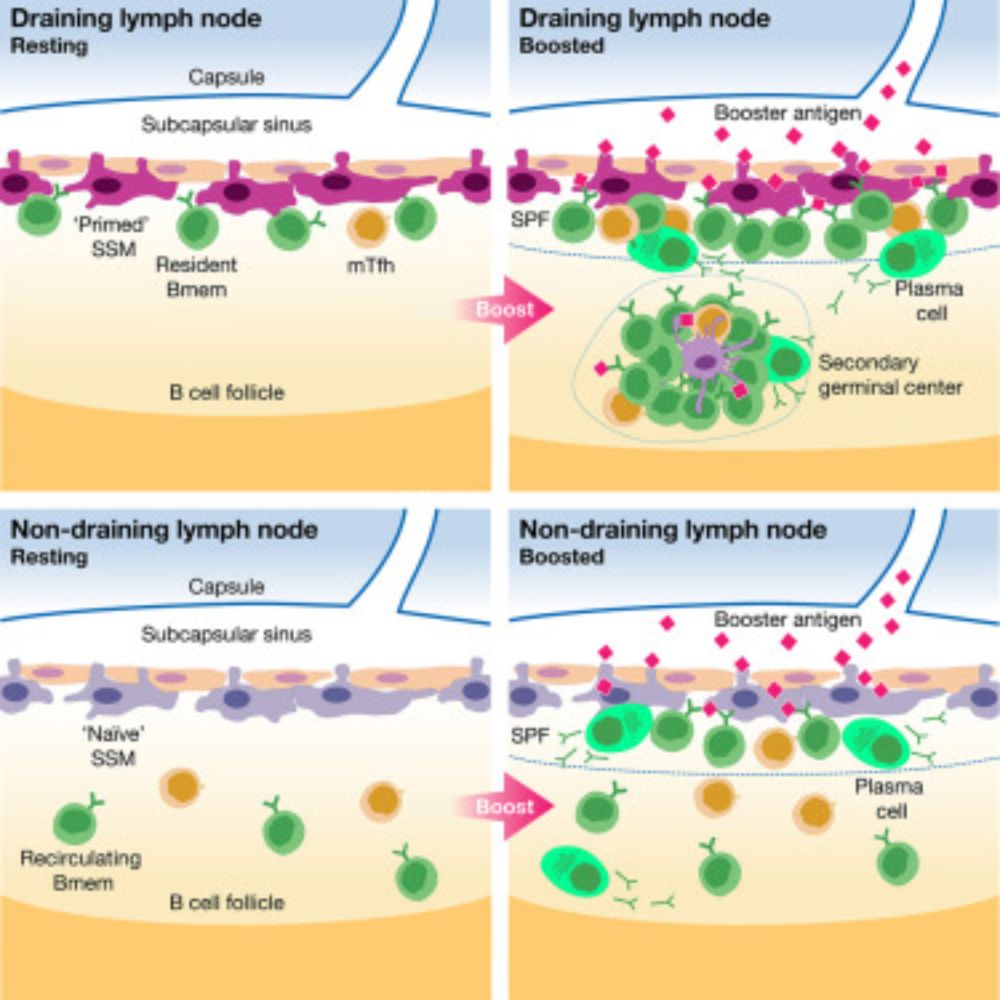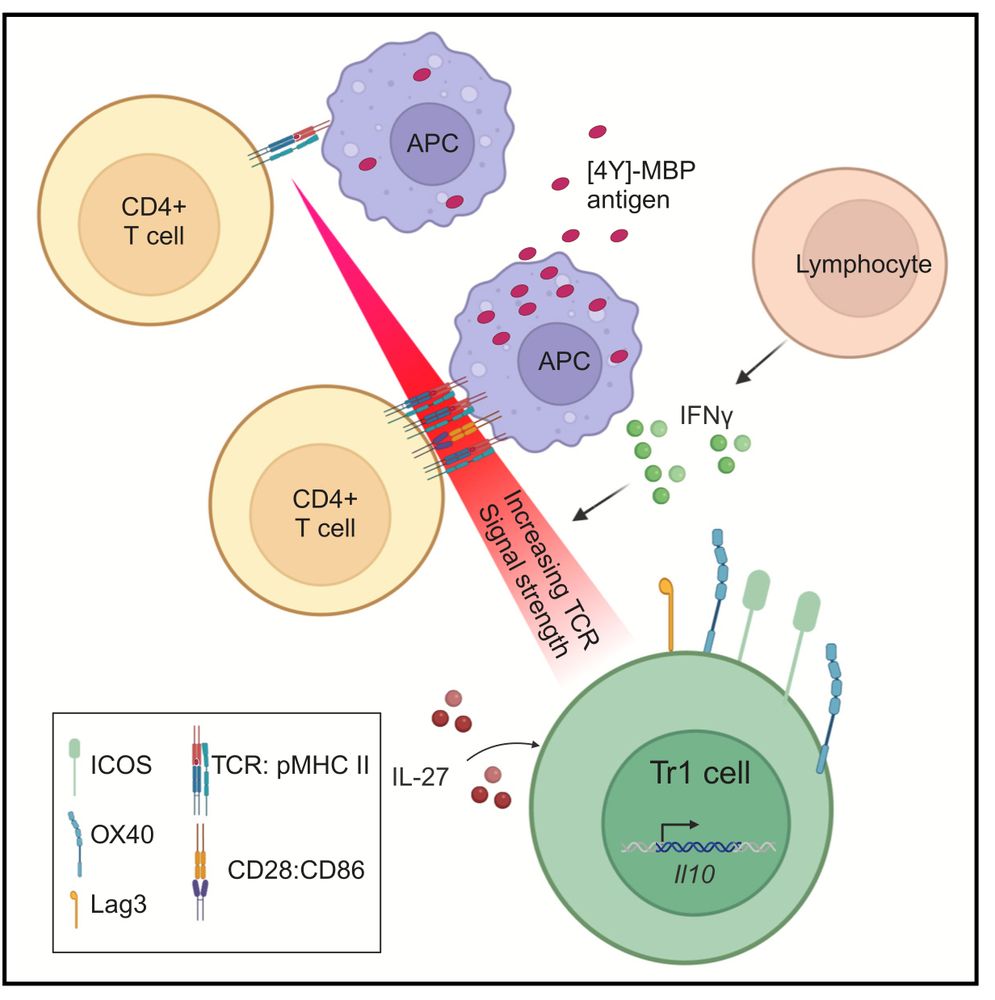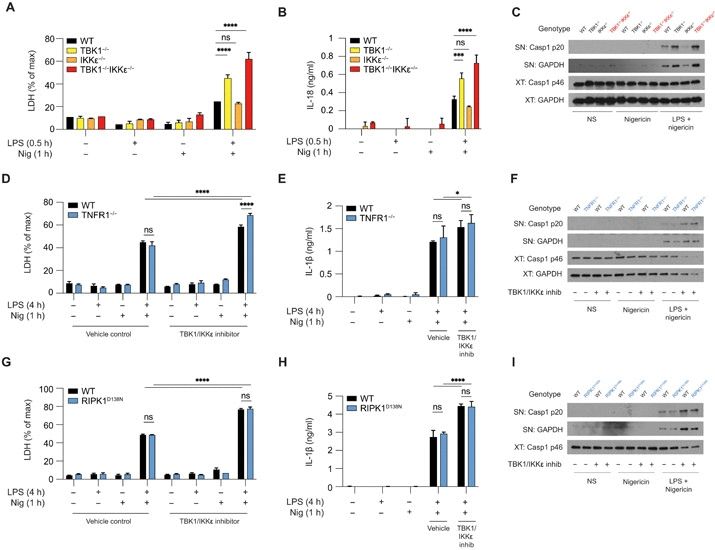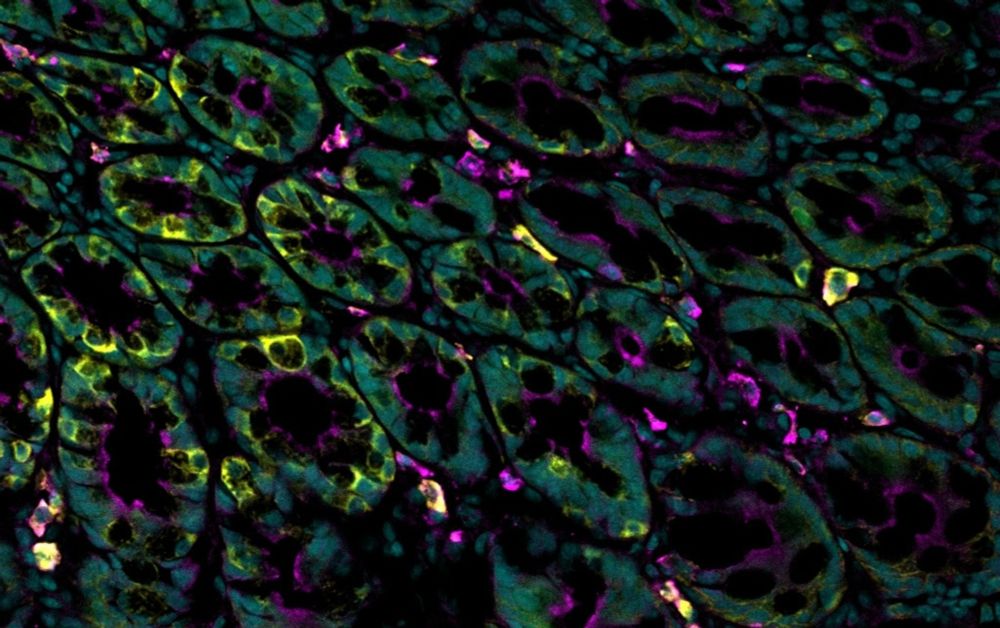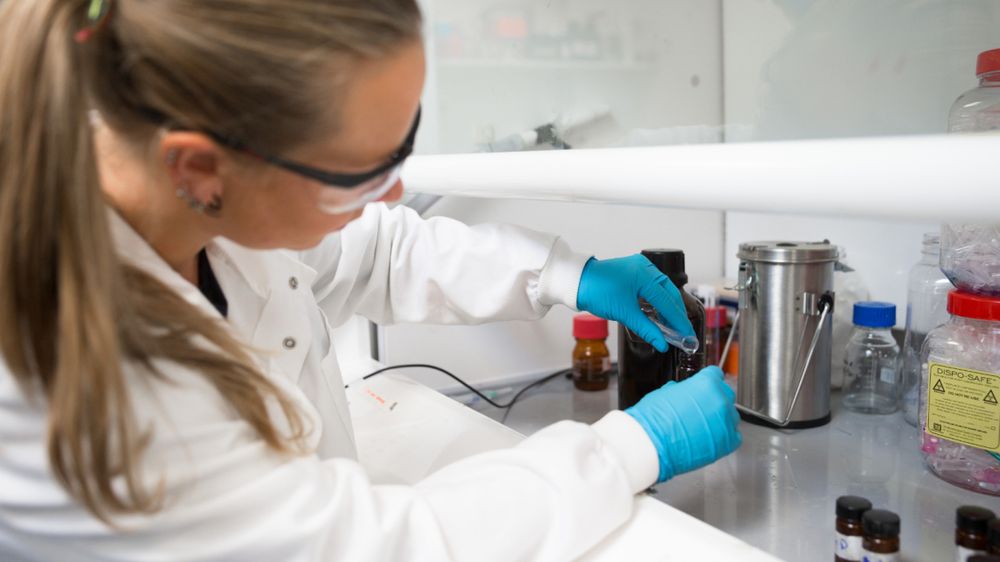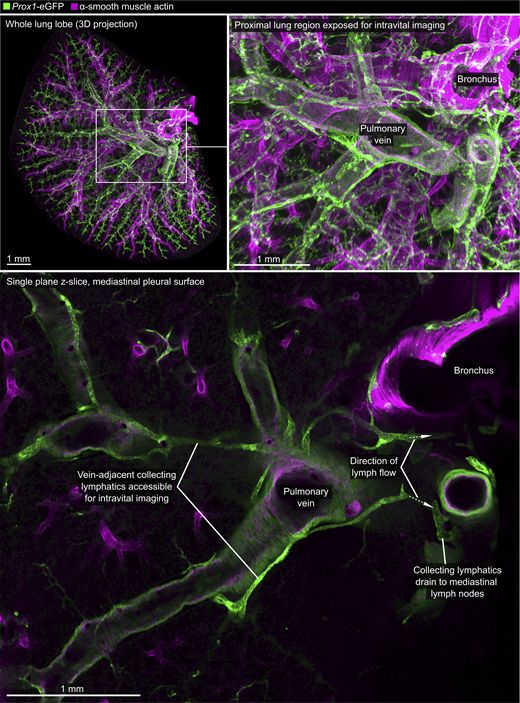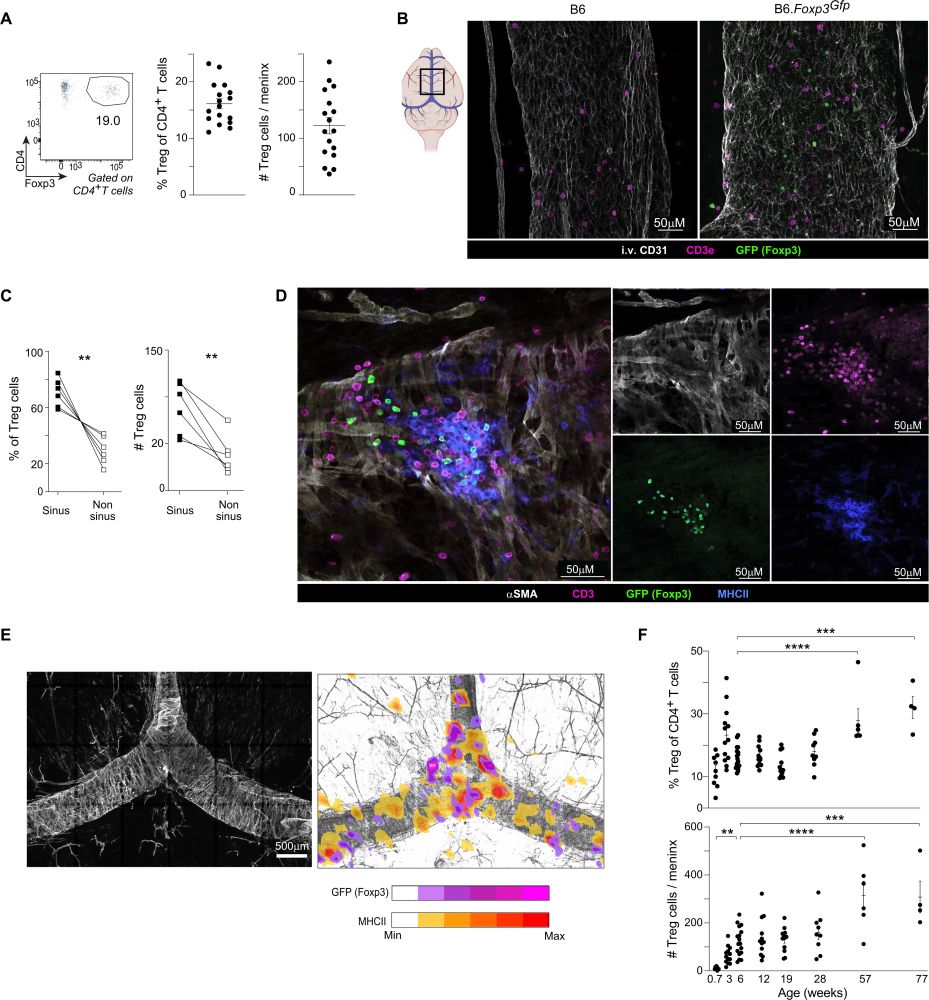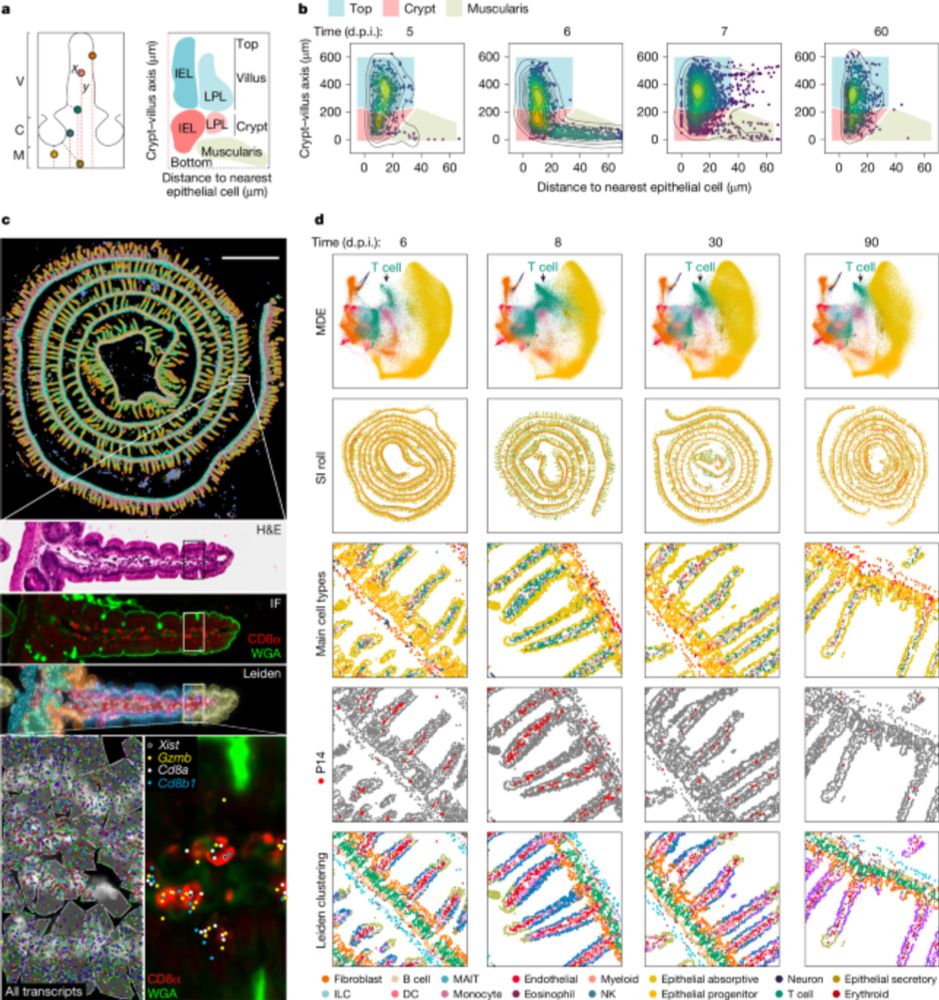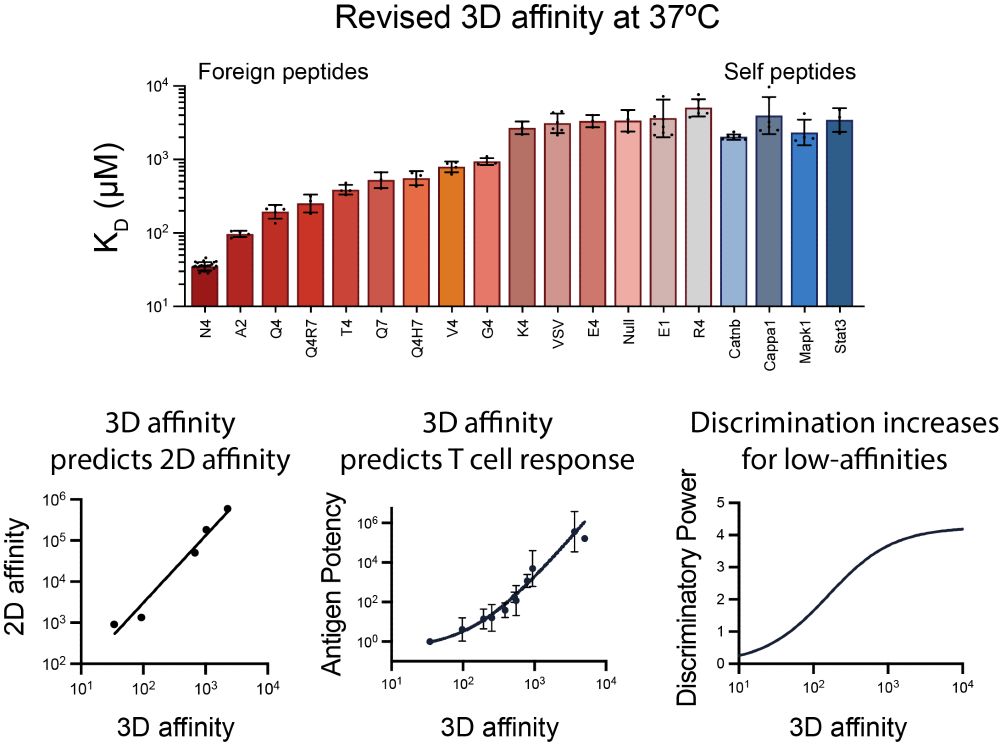Gerard Lab
@gerardlab.bsky.social
540 followers
540 following
10 posts
We love T cells, anti-tumour immunity and imaging!
Lab at the Kennedy Institute of Rheumatology, University of Oxford.
Posts
Media
Videos
Starter Packs
Pinned
Gerard Lab
@gerardlab.bsky.social
· Jan 4
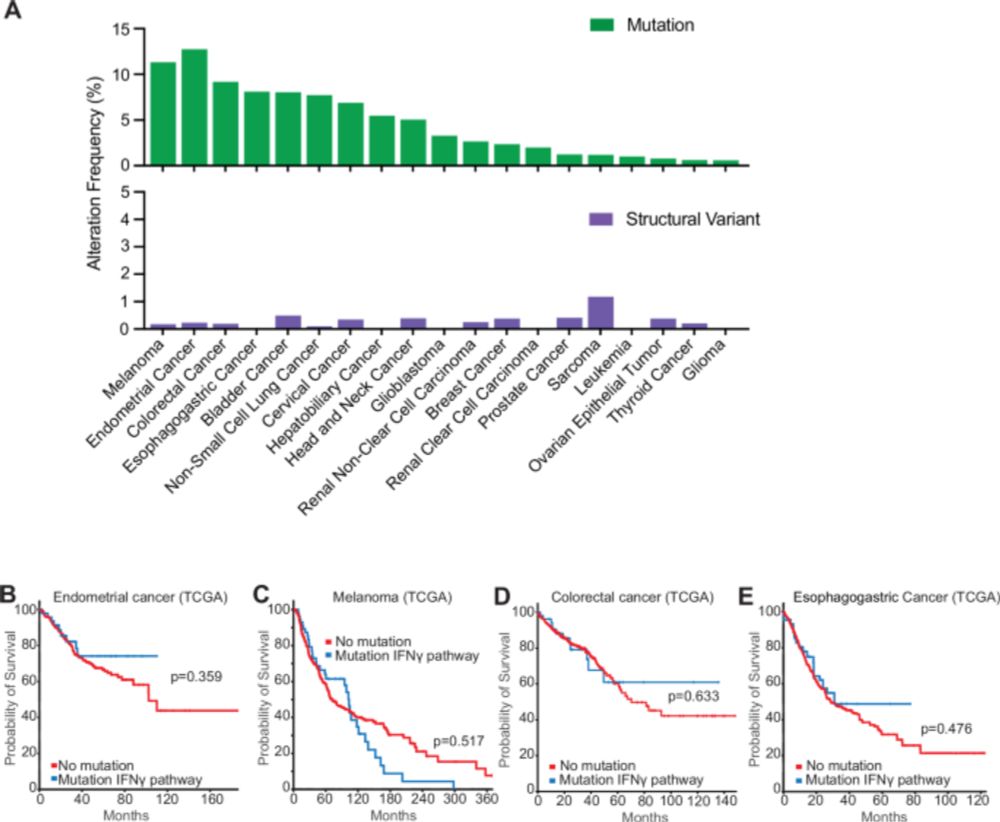
Remodelling of the immune landscape by IFNγ counteracts IFNγ-dependent tumour escape in mouse tumour models - Nature Communications
Losing sensitivity to IFNγ may contribute to tumor immune escape, but containment of IFNγ-insensitive tumors is also reported. Here the authors show, by analyzing immune landscape differences between ...
www.nature.com
Reposted by Gerard Lab
Reposted by Gerard Lab
Reposted by Gerard Lab
Reposted by Gerard Lab
Adrian Liston
@labliston.bsky.social
· Jul 9
Probabilistic migration events drive transient tissue residency of lymphocytes during homeostasis
Tissue-resident lymphocytes form a phenotypically and functionally distinct analog to the corresponding circulatory lymphocyte populations. Residential CD8 T cells, in particular, are identified as having prolonged residence in the tissues and key functions in recall responses at tissue-environmental interfaces, although the dwell time in individual tissues has yet to be resolved. Residential CD4 T cells, regulatory T cells, B cells, and NK cells have been demonstrated to share phenotypic properties with residential CD8 T cells, but the migratory kinetics are even more poorly defined. Here we used probabilistic modelling on a large parabiosis dataset, covering multiple time-points and tissues, to calculate migration kinetics and dwell times of multiple lymphocyte subsets across a diverse set of tissues. Markov chain modelling identified distinct cell type-specific and tissue-specific residency patterns. The liver and gut were prone to prolonged residency compared to other tissue types, and a hierarchy of residency was observed with CD8 T cells and NK cells demonstrating longer residency than CD4 conventional T cells and regulatory T cells, which in turn resided in tissues longer than B cells. With few exceptions, however, average residency was at least an order of magnitude shorter than the life-span of the mouse, indicating a more dynamic form of steady-state tissue residency than usually assumed. Together these data provide a comprehensive model of a pan-tissue shared program in lymphocyte tissue residence, as well as identifying cell type- and organ-specific modification of the migratory kinetics. ### Competing Interest Statement The authors have declared no competing interest. Wellcome Trust, https://ror.org/029chgv08, 222442/Z/21/Z European Research Council, TissueTreg
www.biorxiv.org
Gerard Lab
@gerardlab.bsky.social
· Jul 6
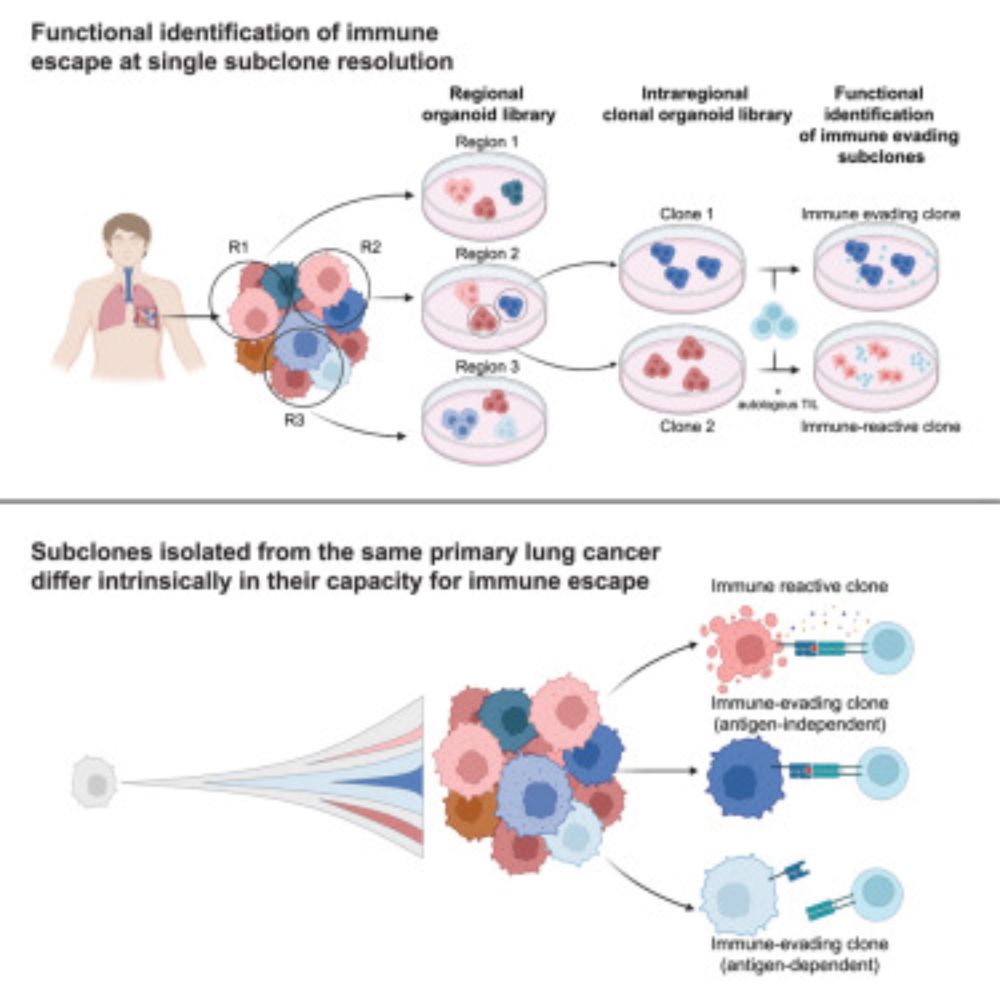
Subclonal immune evasion in non-small cell lung cancer
Dijkstra et al. investigate whether individual cancer subclones differ in their immune
evasion capacity. They establish organoids representing distinct subclones from multi-region
lung cancer biopsies...
www.cell.com
Reposted by Gerard Lab
Reposted by Gerard Lab
Gabriel Victora
@victora.bsky.social
· May 29
Reposted by Gerard Lab
Reposted by Gerard Lab
Reposted by Gerard Lab
Reposted by Gerard Lab
fairfaxlab
@bpfairfax.bsky.social
· Apr 23
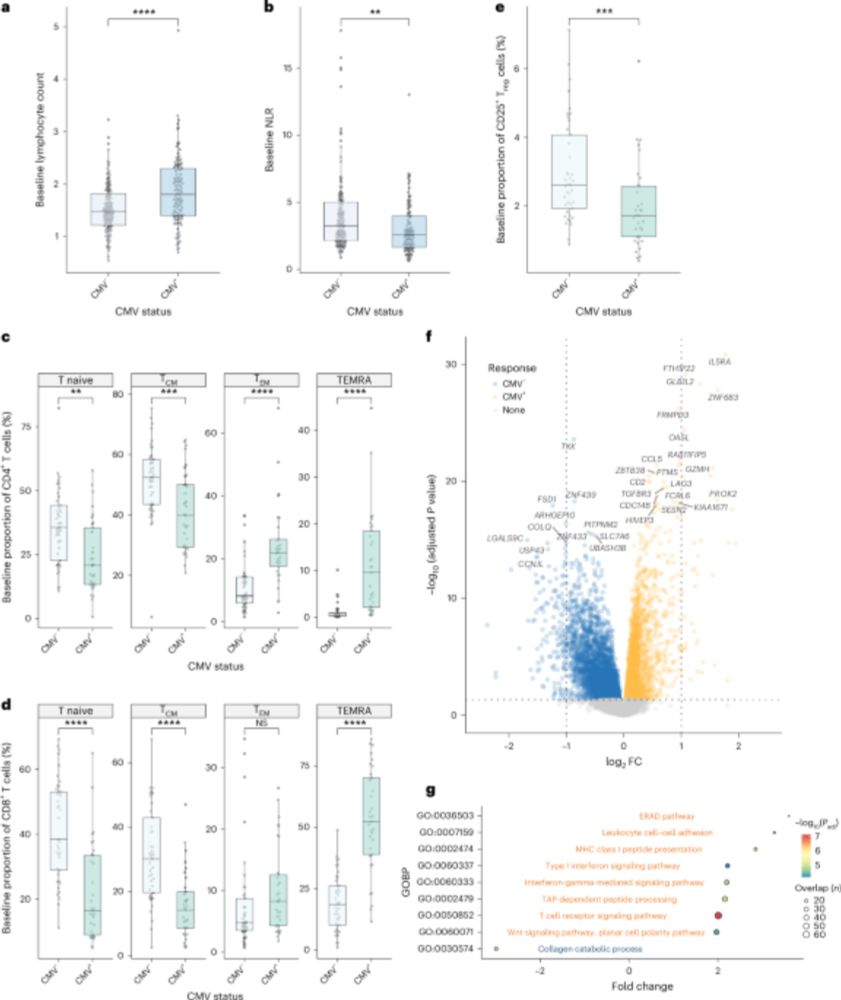
CMV serostatus is associated with improved survival and delayed toxicity onset following anti-PD-1 checkpoint blockade - Nature Medicine
Analysis of multiple cohorts of patients with melanoma demonstrates a positive association between cytomegalovirus serostatus and overall survival in patients treated with monotherapy but not combinat...
www.nature.com
Reposted by Gerard Lab
Reposted by Gerard Lab
Reposted by Gerard Lab
Hallou Lab
@halloulab.bsky.social
· Mar 17
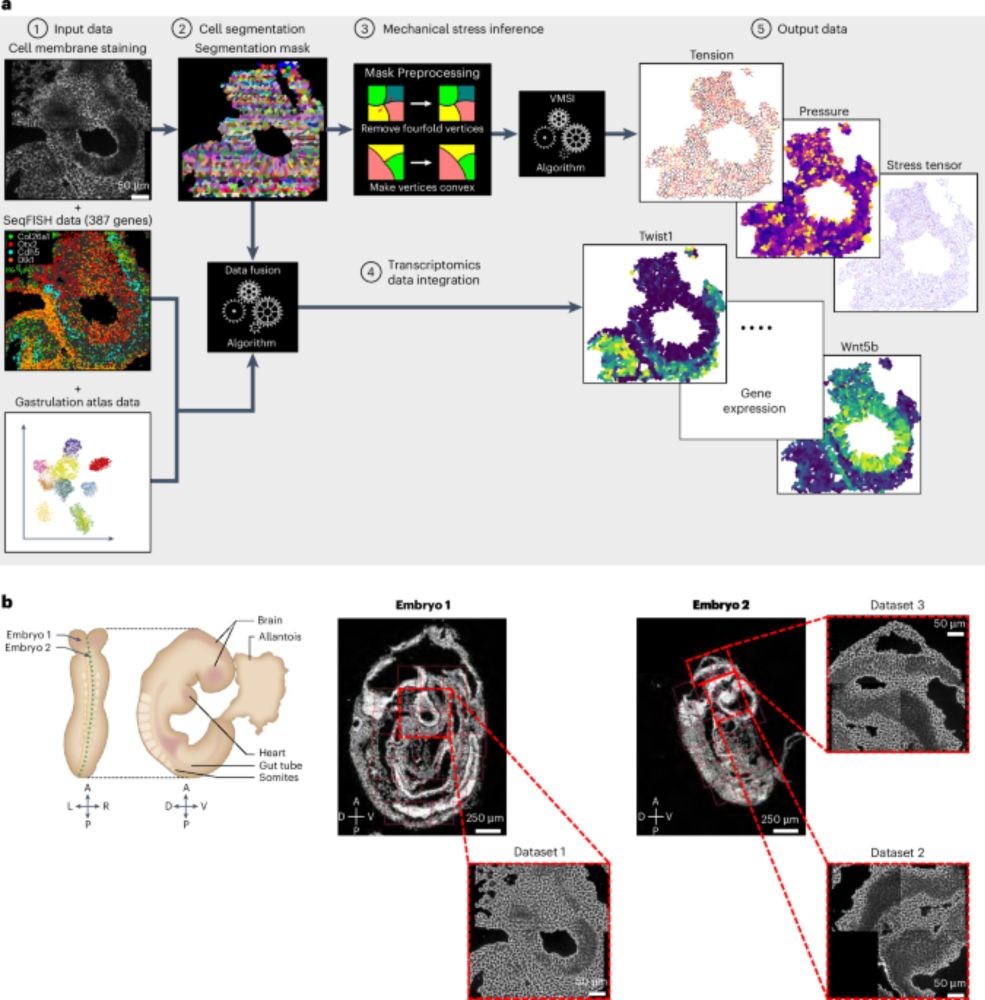
A computational pipeline for spatial mechano-transcriptomics - Nature Methods
The authors present a computational framework that leverages mechanical force inference and spatial transcriptomics to enable analyses of the interplay between the transcriptomic and mechanical state.
www.nature.com
Reposted by Gerard Lab
Gerard Lab
@gerardlab.bsky.social
· Feb 25
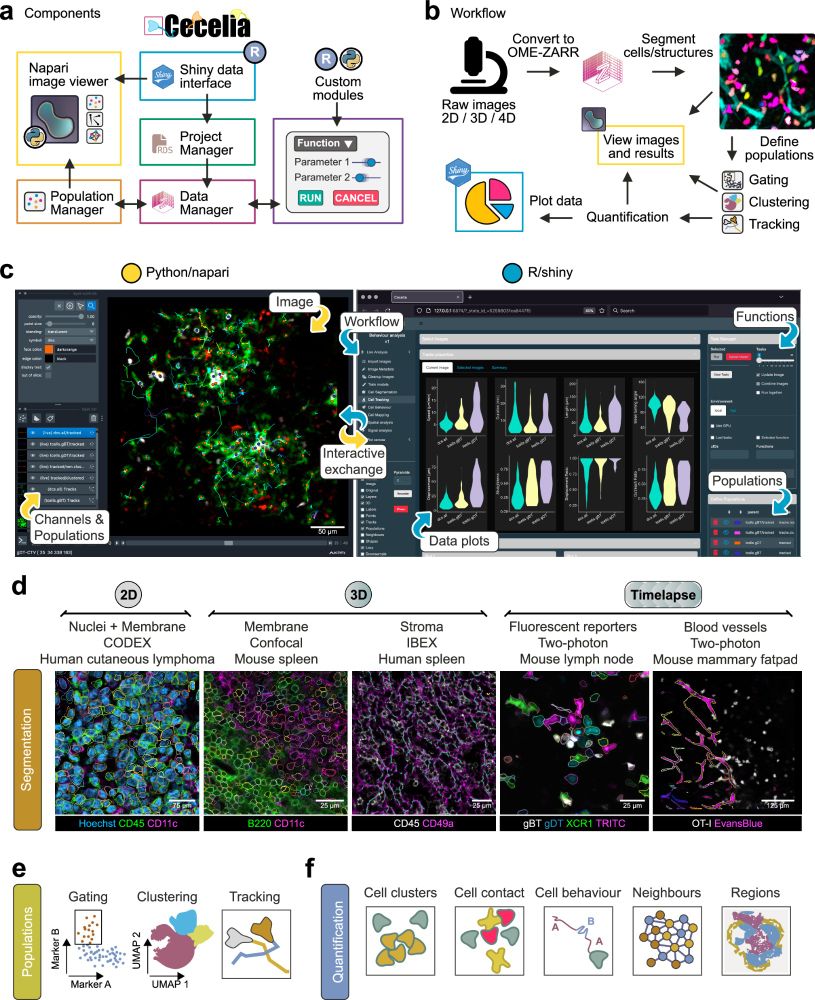
Cecelia: a multifunctional image analysis toolbox for decoding spatial cellular interactions and behaviour
Nature Communications - Integrated solutions for the analysis of complex 3D and live cell images remain scarce. Here, the authors present Cecelia, an image analysis toolbox based on R and Python,...
rdcu.be
Reposted by Gerard Lab
Reposted by Gerard Lab
Reposted by Gerard Lab
Reposted by Gerard Lab
Simon Buczacki
@sibucz.bsky.social
· Jan 27
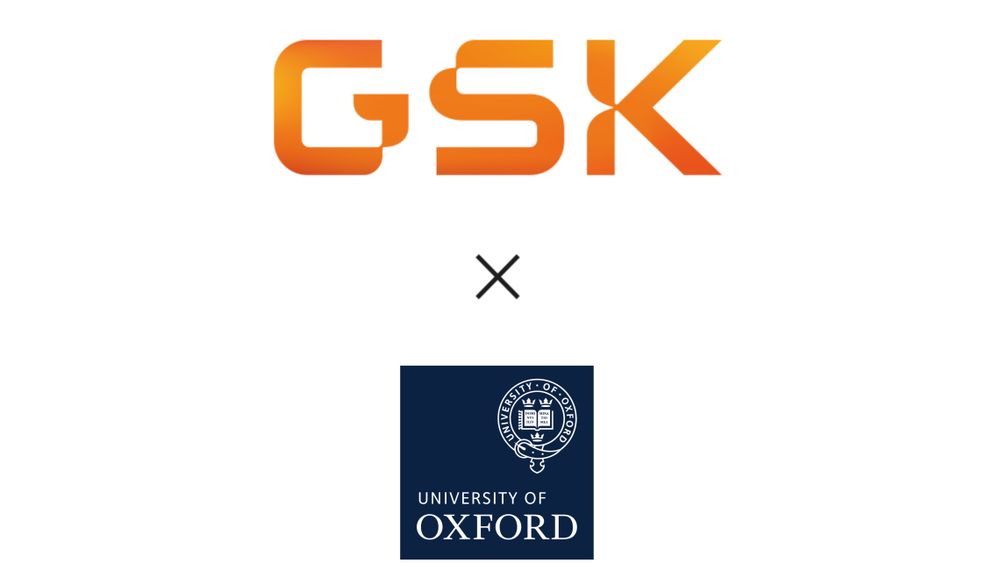
Oxford and GSK launch £50million immuno-prevention programme to advance novel cancer research
Global biopharma company GSK invests up to £50 million in a collaboration with Oxford to advance the understanding of how cancer develops, which could inform future development of vaccines to prevent ...
www.cancer.ox.ac.uk
Reposted by Gerard Lab
Reposted by Gerard Lab
Joshua Bull
@joshuabull.bsky.social
· Jan 9
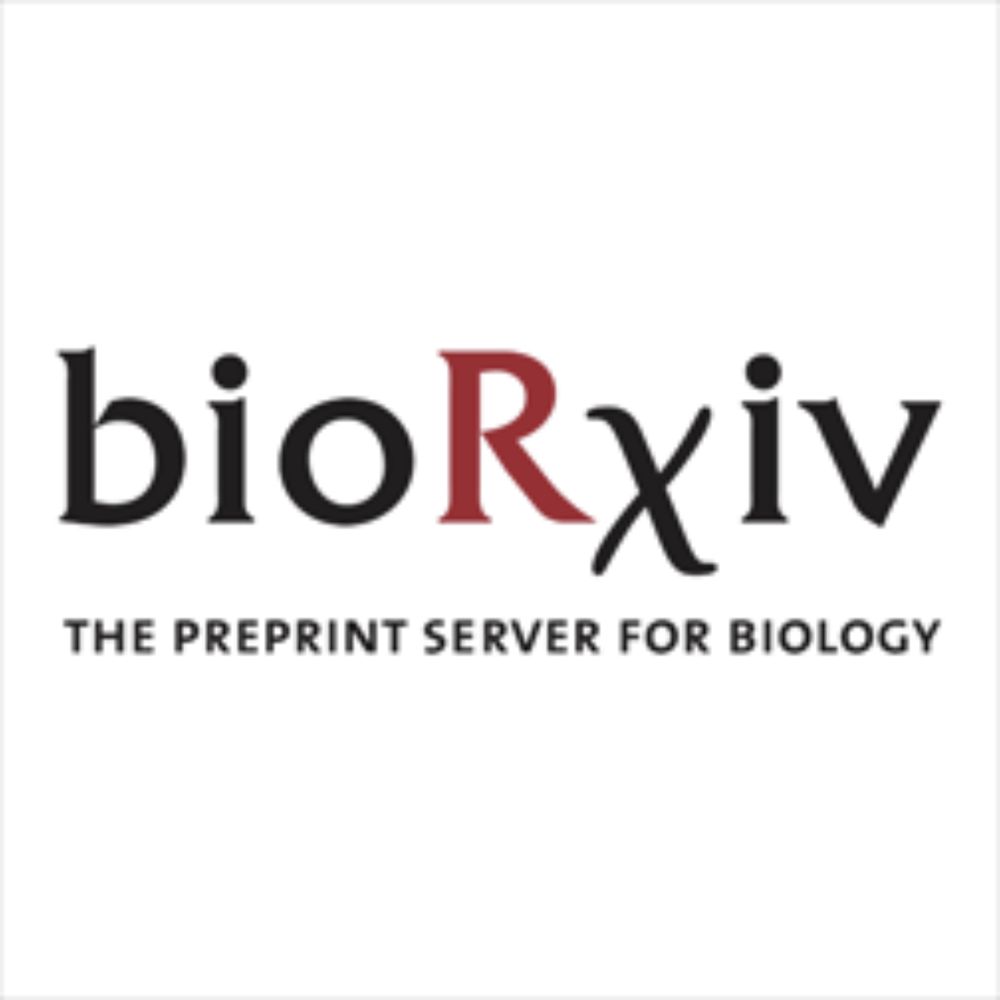
MuSpAn: A Toolbox for Multiscale Spatial Analysis
The generation of spatial data in biology has been transformed by multiplex imaging and spatial-omics technologies, such as single cell spatial transcriptomics. These approaches permit a detailed mapp...
www.biorxiv.org
